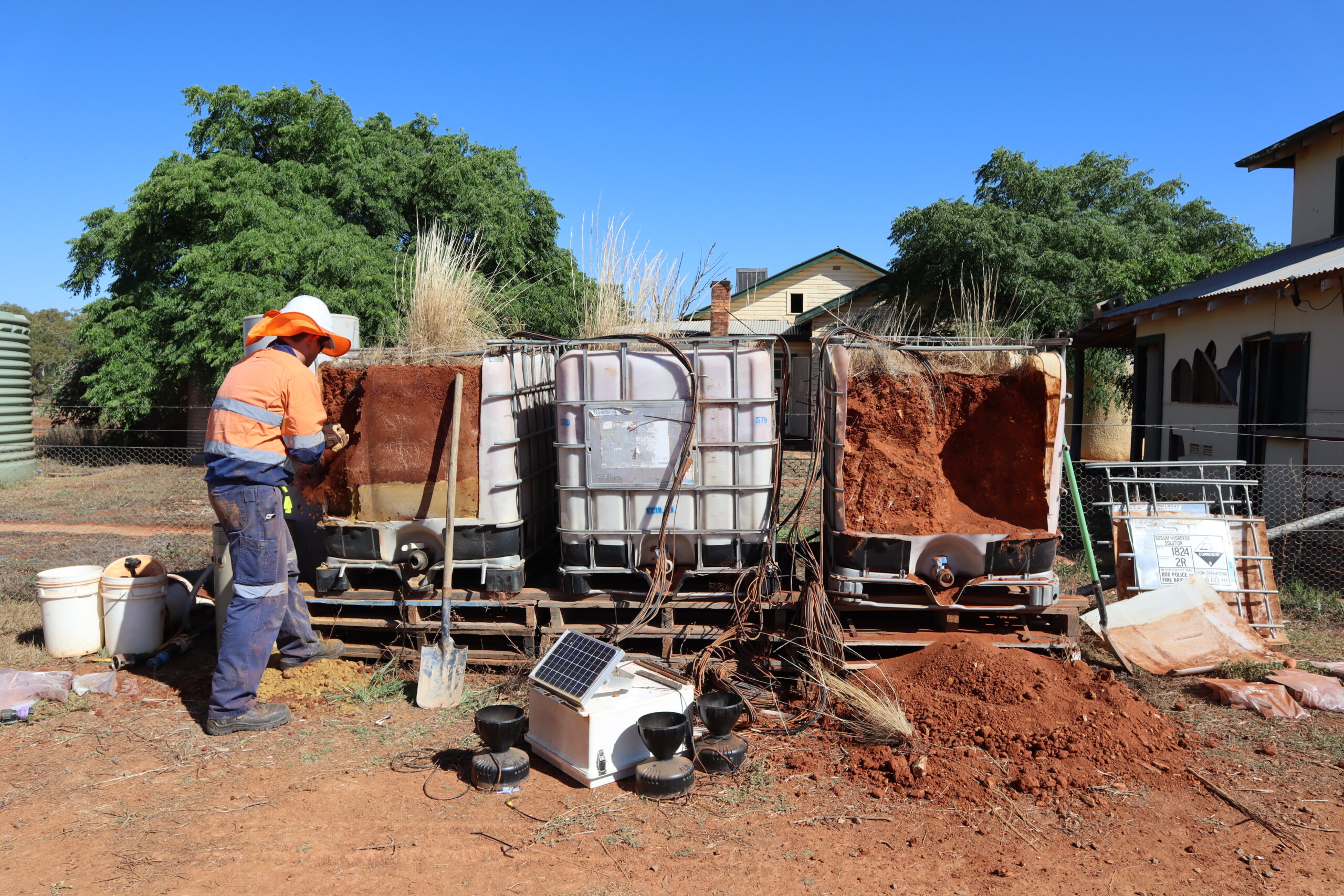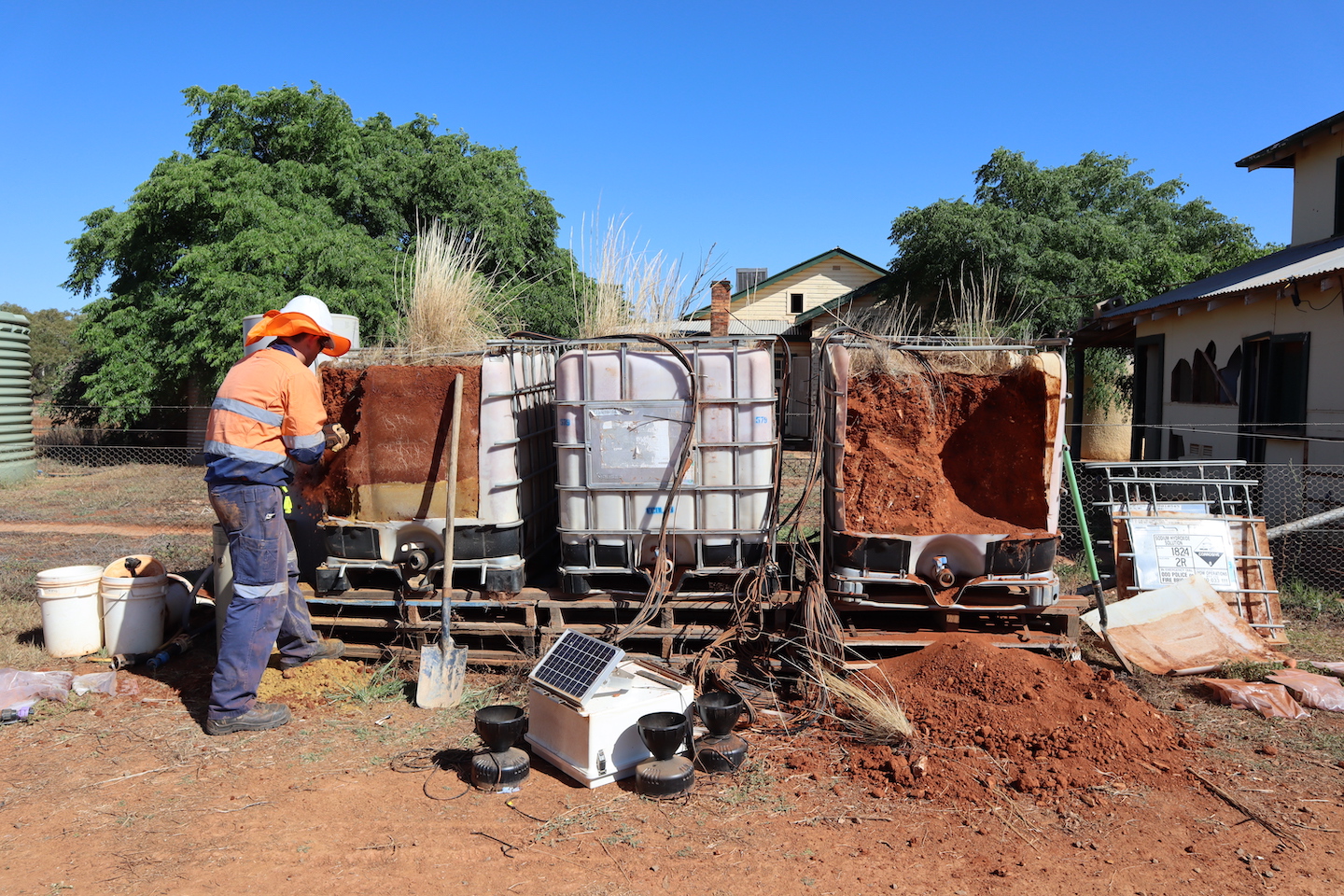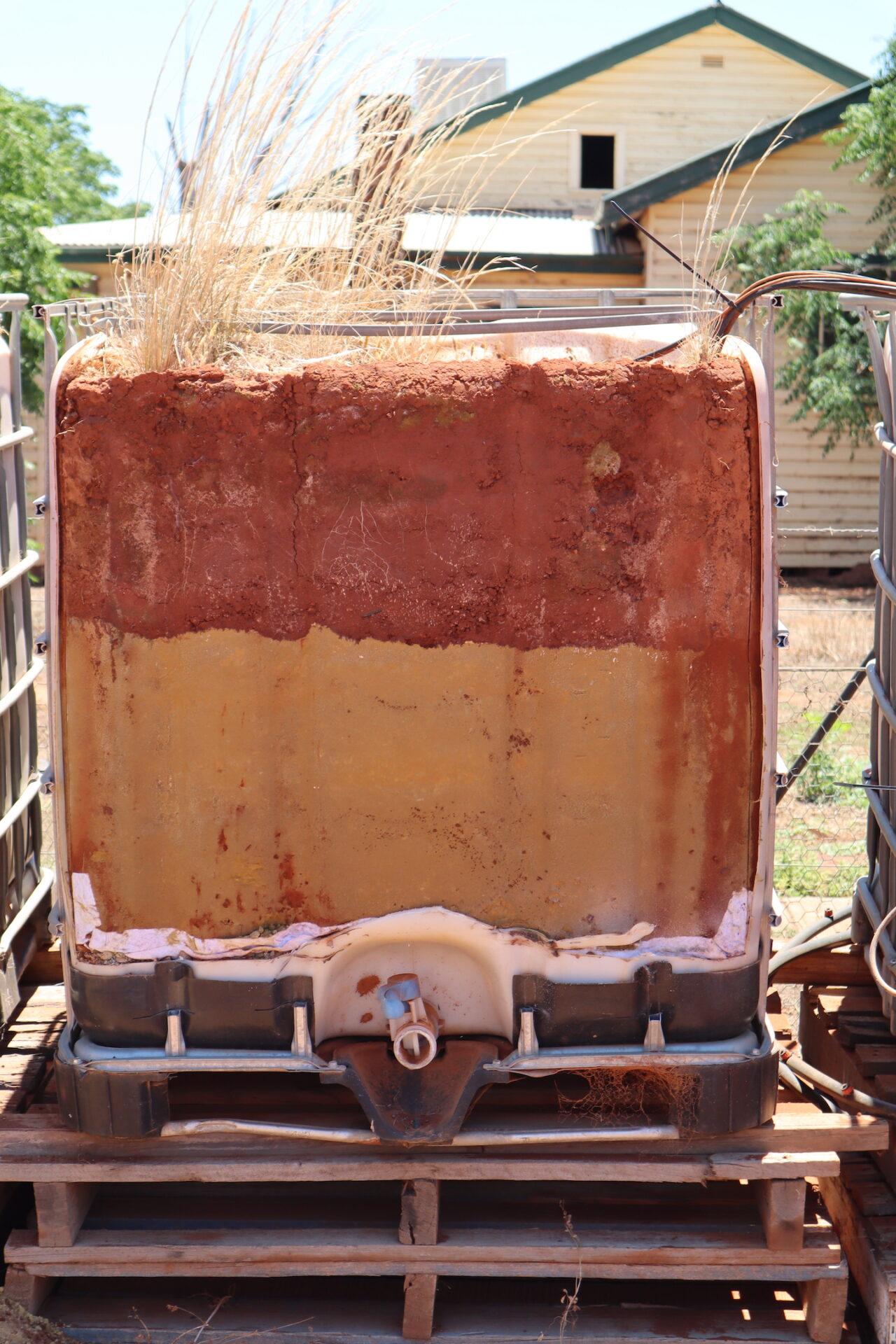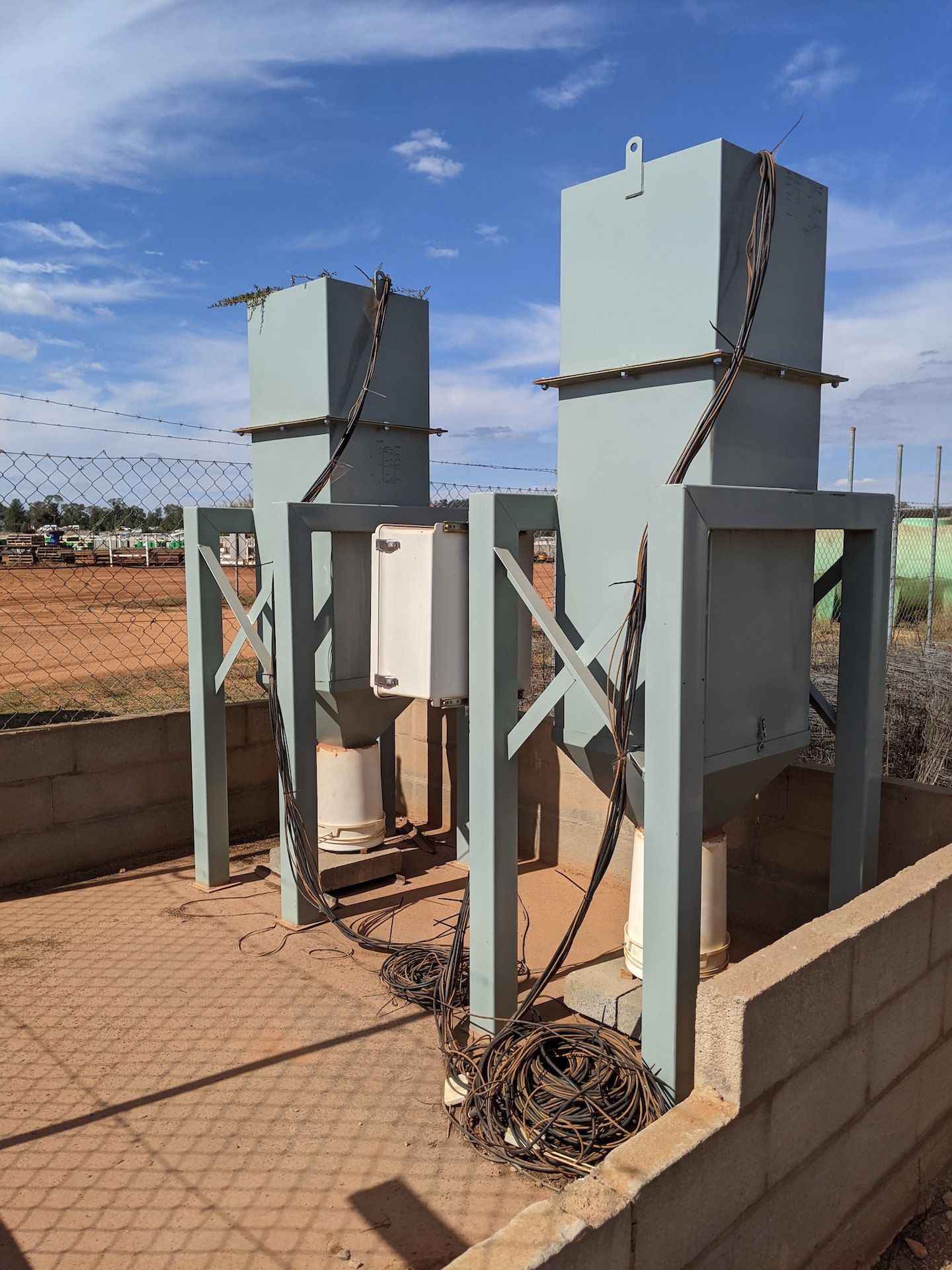Background
SGME conducted several cover column trials to determine the optimal cover thickness for rehabilitation of a tailings storage facility (TSF) that enabled us to make recommendations. Modelling was done using Water Erosion Prediction Project (WEPP), a continuous simulation program developed by the United States Department of Agriculture’s Agricultural Research Service, to predict erosion rates as part of the scope. This data was then used in landform evolution modelling to simulate landscape changes over centuries. The mine is located in the Central West region of New South Wales. It is situated near the town of Nymagee, approximately 100 kilometres south-east of Cobar.
Objective
Cover design poses challenges in mitigating environmental impacts, particularly in relation to potential acid mine drainage (AMD) from the tailings. Factors such as variable geochemical compositions, fluctuating precipitation patterns and limited cover material inventory require strategic solutions to ensure long-term containment of contaminants, regulatory compliance and achievement of a sustainable post-mining land use.
Solution
SGME implemented a comprehensive strategy to tackle the cover design challenges. Firstly, we did cover trials by first constructing physical columns with various cover materials and thicknesses. These trials were then carefully monitored under simulated rainfall and environmental conditions to gather empirical data on water infiltration, seepage rates and AMD mitigation effectiveness.
Additionally, SGME used the WEPP model to predict erosion rates and evaluate performance of the covers in preventing soil erosion and surface runoff. This modelling provided insight into the long-term stability and erosion resistance of each cover option under varying climatic scenarios and landform conditions.
Finally, SGME used a landform evolution model to simulate landscape changes over time while considering factors such as erosion, sedimentation and landform stability. This sophisticated modelling approach allowed for an assessment of how the proposed cover designs would interact with natural processes and how the landscape would evolve over decades or centuries.
By integrating data from cover trials and leveraging advanced techniques such as WEPP and landform evolution modelling, SGME was able to develop a preferred cover. The approach ensured effective containment of contaminants, minimised environmental impacts and promoted long-term post-mining land use sustainability.
SGME enhances cover and landform design through expertise in soil chemistry, physics, unsaturated soil mechanics and environmental engineering. Our innovative use of growth media amendments, revegetation strategies and engineering solutions improves cover and landform performance, reduces environmental risks and ensures long-term stability. We take a holistic approach that considers safety, stability, sustainability, cost-effectiveness and post-mining land use capacity to develop solutions that meet regulatory requirements and support sustainable practices. SGME’s commitment to continuous improvement through ongoing learning about technological advancements, regulatory changes and industry best practices ensures our designs remain innovative and sustainable, and ensures effective solutions for mine waste management are delivered that contribute to enduring environmental protection and responsible post-mining land uses.



